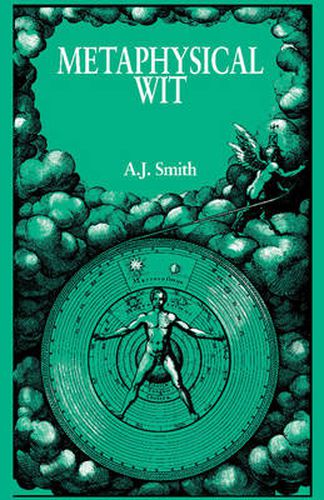English metaphysical poetry, from Donne to Marvell, is notoriously witty. A. J. Smith seeks the reason for the central importance of wit in the thinking of the metaphysical poets, and argues that metaphysical wit is essentially different from other modes of wit current in Renaissance Europe. Formal theories and rhetorics of wit are considered both for their theoretical import and their appraisals of wit in practice. Prevailing fashions of witty invention are scrutinised in Italian, French and Spanish writings, so as to bring out the nature and effect of various forms of wit: conceited, hieroglyphic, transformational, and others from which the metaphysical mode is distinguished. He locates the basis of Renaissance wit in the received conception of the created order and a theory of literary innovation inherent in Humanist belief, which led to novel couplings of time and eternity, body and soul, man and God. Yet he finds that metaphysical wit distinctively works to discover a spiritual presence in sensible events; and he traces its demise in the 1660s to changes in the understanding of the natural world associated with the rise of empirical science.





